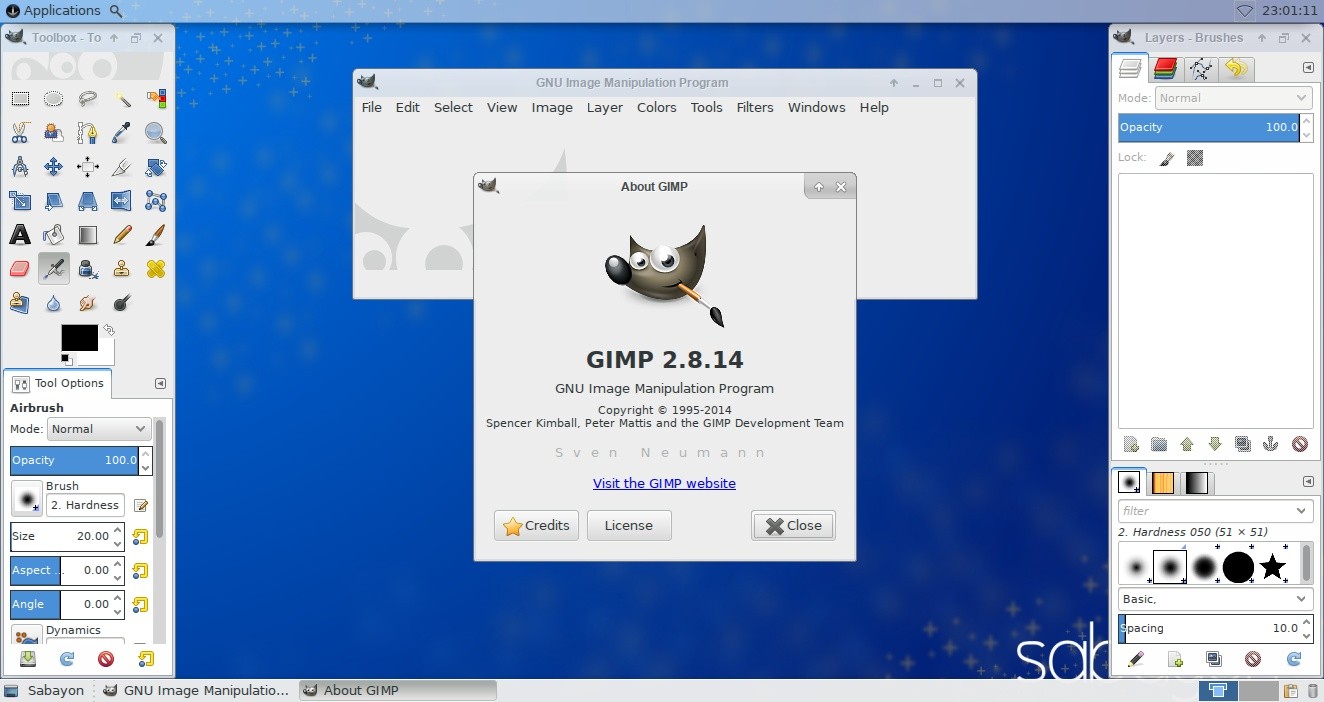

If you find Flameshot useful, please do consider making a donation to its developer. In addition to that, there are alternatives to Flameshot available, I find it to be the best screenshot tool for my usage.If you found this tutorial helpful, do share it with other Linux users. Taking screenshot with GNOME Screenshot tool is not too bad. If you cannot access the Flameshot configuration option via the app drawer, simply type in “ flameshot config” in the terminal.If you want the option to choose a custom color (instead of the pre-defined color selection), head to the tool settings that you find on the left side of the screen.You can change the color again, the same way. Once you change it, the color remains the same even when you use it the next time. You can change the color of the text/arrow mark by performing right-click before adding it.So, if you need a JPEG file, you can simply rename the file extension.
SCREENSHOT EDITOR LINUX INSTALL
sudo apt-get install gpe-screenshot Unfortunately, this screenshot app does not have many options and you can’t do much with it. On debian based systems it can be installed via the apt-get command like shown below. By default, Flameshot saves the pictures in PNG format. gpe -screenshot is a screenshot application for GPE and one of the simplest app I have ever used in my all Linux life.Kazam is another feasible alternative for screenshots, which comes pre-installed on Kali Linux. Some are more powerful and may contain extra features. Vokoscreen is an app that allows you to record your screen as you show around and narrate what you. It will take the screenshot of the application window and save to the Pictures directory. Shutter is one of the best Linux screenshot taking tools. Now, press and hold the Alt key and press Prt Scr key. The built-in screenshot tool will usually permit us to select an area of the screen to capture and choose whether or not to capture the mouse pointer in the image. To take the screenshot of a running graphical application, here’s what you need to do: Click on the running application so that it in focus. If we need to capture a particular window, we can bring that window to the foreground and press Alt + PrtSc.įor more fine-grained control, simply open the Screenshot utility from our GUI's application launcher. By default, our whole desktop will be captured in the image. We can't cover every GUI here, but enough to mention that the built-in utility can be used by pressing PrtSc. Our screenshot can be found in the Pictures folder in our home directory.

When we press the PrtSc key in GNOME, our screen flashes, and a camera shutter sound plays, but nothing happens. For example, when we press the PrtSc (print screen) key in XFCE, a small window appears, offering us several options for dealing with the image we just captured: They're all the same, but they work in various ways.

These distinct desktop environments have a built-in screenshot utility, so we already have one installed by default, regardless of which GUI we are using. The primary GUI option is XFCE, although we can also choose KDE or GNOME.
SCREENSHOT EDITOR LINUX DOWNLOAD
When we download and install Kali, there are plenty of desktop environments to choose from.
SCREENSHOT EDITOR LINUX HOW TO


 0 kommentar(er)
0 kommentar(er)
